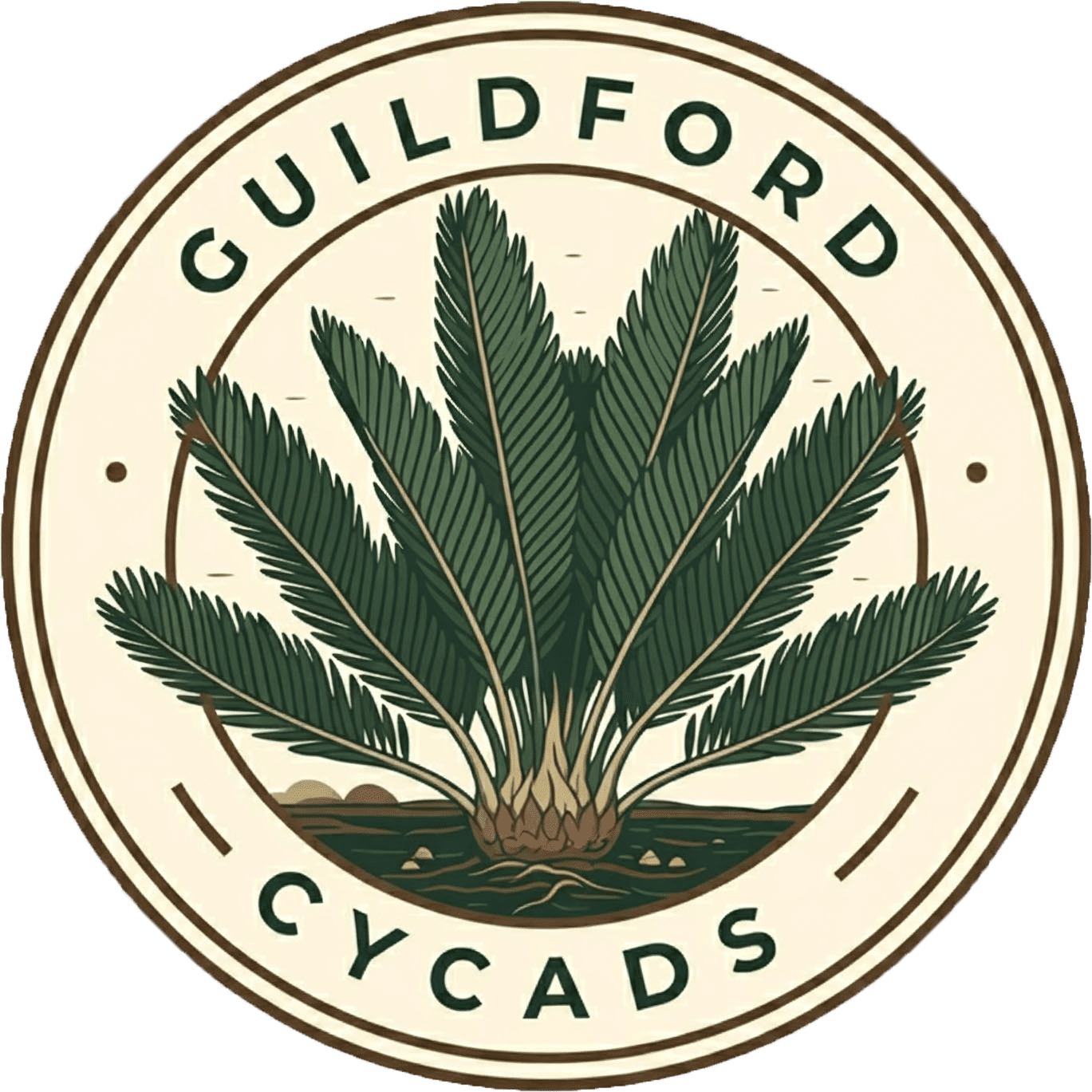Herbaria are essential tools for Botany. They’re collections of preserved plant remains that can be used for reference by other botanists, but they have a problem. Herbaria don’t just attract botanists, they can attract insects. In the nineteenth century, a popular pesticide was corrosive sublimate (mercury [II] chloride), a colourless but toxic chemical often mixed in with alcohol or ether to preserve the plants from bugs. It’s a health hazard. That’s why Catherine Stephens and colleagues were inspecting old collections of plants in the LuEsther T. Mertz Library of the New York Botanic Garden, for telltale signs of grey blotching. These stains in the paper around plants give away the presence of mercury traces in the poison. What they found when they examined the pages of “158 Plants Collected in Little Britain Township, 1837” surprised them.
Stephens used a handheld X-ray fluorescence spectrometer. This is as close to a Star Trek tricorder as you could hope for. You point the spectrometer at the thing you’re interested in. The spectrometer sends a very low power beam to the target. This beam has enough energy to ‘excite’ electrons, knocking them up to higher energy levels. These electrons aren’t stable in the higher levels, so they quickly drop down to their normal state. When they do, they release the extra energy as a photon. The energy and wavelength of the photons is directly connected to the energy levels around the atoms in the sample, and each kind of atom has different energy levels. So these photons act as a chemical fingerprint for what’s in your sample. There wasn’t any mercury in this herbarium.
There was a lot of arsenic.
But the arsenic was not where they expected. It wasn’t the plant as such. The strongest signals for arsenic were found where the glue was thickest. It seems that the collector of these samples didn’t use the standard techniques, but instead mixed a chemical, likely arsenic trioxide, in with the glue to preserve the samples. It seems to have been effective. There’s little damage to the specimens ever after almost 200 years. But it’s an unusual method of protection. The team haven’t found any other examples of botanists poisoning their glue.
The Botanist, whoever they were, wasn’t trying to poison future generations but rather to send a gift to the future, and preserve it. That meant using what they could get their hands on. Stephens and colleagues discuss the history of preservation in their article, and point out how much Americans loved to use arsenic. “For much of the nineteenth century, arsenic was an indispensable everyday commodity that could be purchased in now-astonishing quantities by anyone who desired it, even by children.”
Stephens and colleagues note that XRF scanning is expensive, and it’s not an option for all institutions. But they also point out they were lucky to use it. “In the case of this 1837 bound herbarium, spot-testing might have given a false sense of security to Library staff, because the presence of mercury would have been ruled out, while the presence of arsenic might not have been suspected or explored.” They also add there is no safe degree of arsenic exposure. If you’re seeking adventure in botanical research, you might find more surprising discoveries exploring these early botanical artifacts than you will in the field – though perhaps with more unexpected hazards than you bargained for.
Stephens, C.E., Miller, K.O. & Marder, O.S. (2025). ‘Dash on the Poison’: Analysis of an 1837 Bound Herbarium Laced with Colorless Arsenic Trioxide. Studies in Conservation. https://doi.org/10.1080/00393630.2024.2448101
Cross-posted to Bluesky & Mastodon.
The post An Anonymous Botanist has Poisoned a Herbarium in New York in an Unusual Way appeared first on Botany One.
